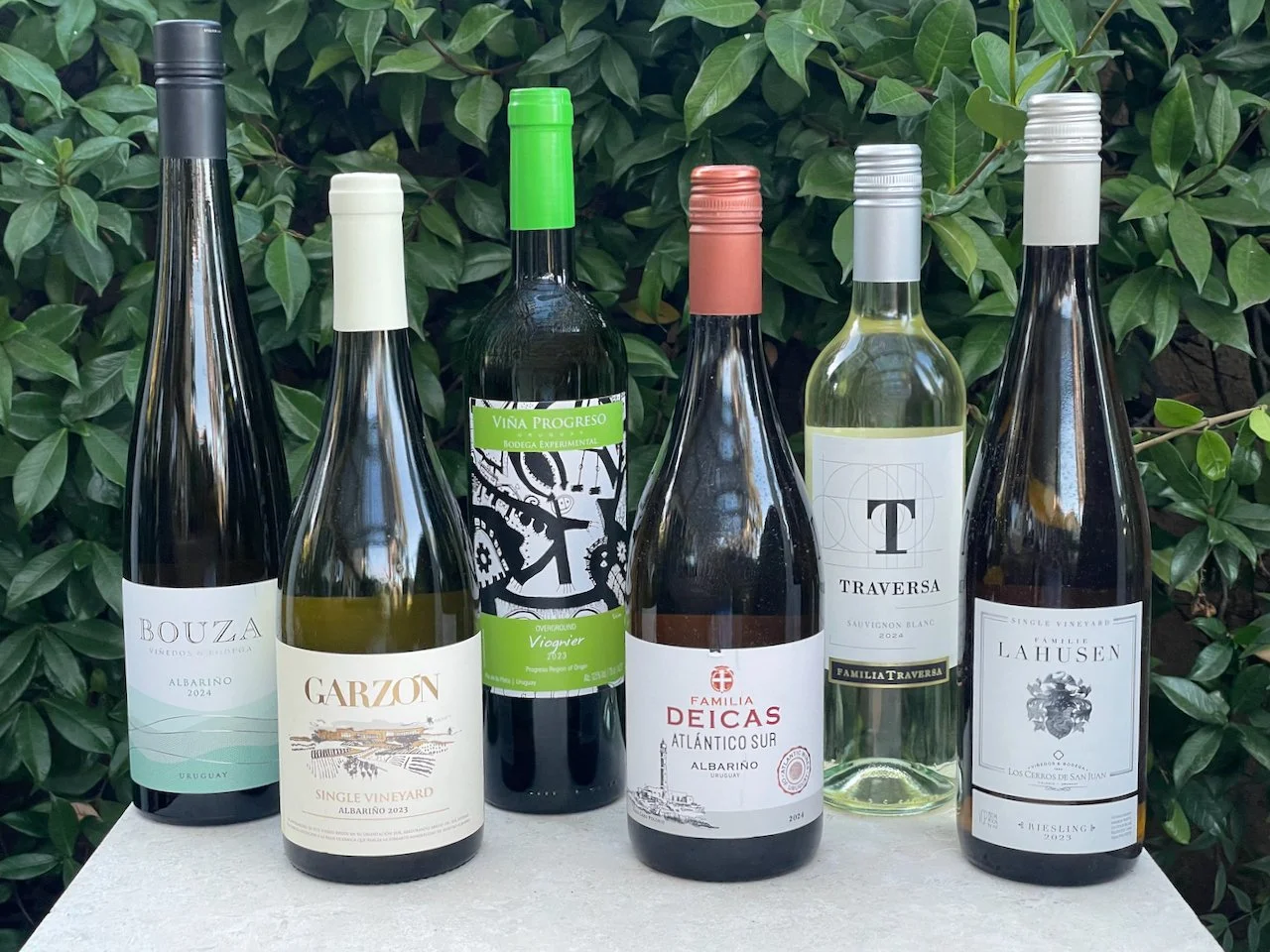Ireland does produce wine, but not in the traditional sense that many might expect from countries with extensive vineyards.
The Irish climate, characterized by mild temperatures and significant rainfall, is not particularly conducive to growing the traditional grape varieties used for wine production. However, there are a few vineyards in Ireland that have emerged in recent years, primarily in regions like the southern counties of Cork and Waterford.
One notable winery in Ireland is Kinsale Mead Co., located in County Cork. While primarily focused on mead—a honey-based alcoholic beverage—they also experiment with grape wines. Kinsale Mead Co. has gained attention for its innovative approach, combining traditional methods with local ingredients. They produce a variety of meads, from dry to sweet, and often incorporate local herbs and spices, showcasing the flavors of the region.
Another interesting vineyard is Longueville House, which has its own small vineyard where they produce limited quantities of wine, primarily focusing on fruit wines. They emphasize sustainable practices and local produce, offering a unique experience in the Irish wine landscape.
Both of these producers reflect the growing interest in winemaking in Ireland, even if on a smaller scale!
Irish wineries often focus on cool-climate grapes such as Pinot Noir and Chardonnay, and some are exploring hybrid varieties that are more resilient to the Irish climate. While the scale of production is small and the volume limited, Irish wines have been gaining recognition for their quality.
The burgeoning wine scene in Ireland is complemented by the country's rich culinary heritage, making wine an intriguing part of the broader food landscape. As the industry continues to grow, it may further establish Ireland as a niche producer of quality wines.






